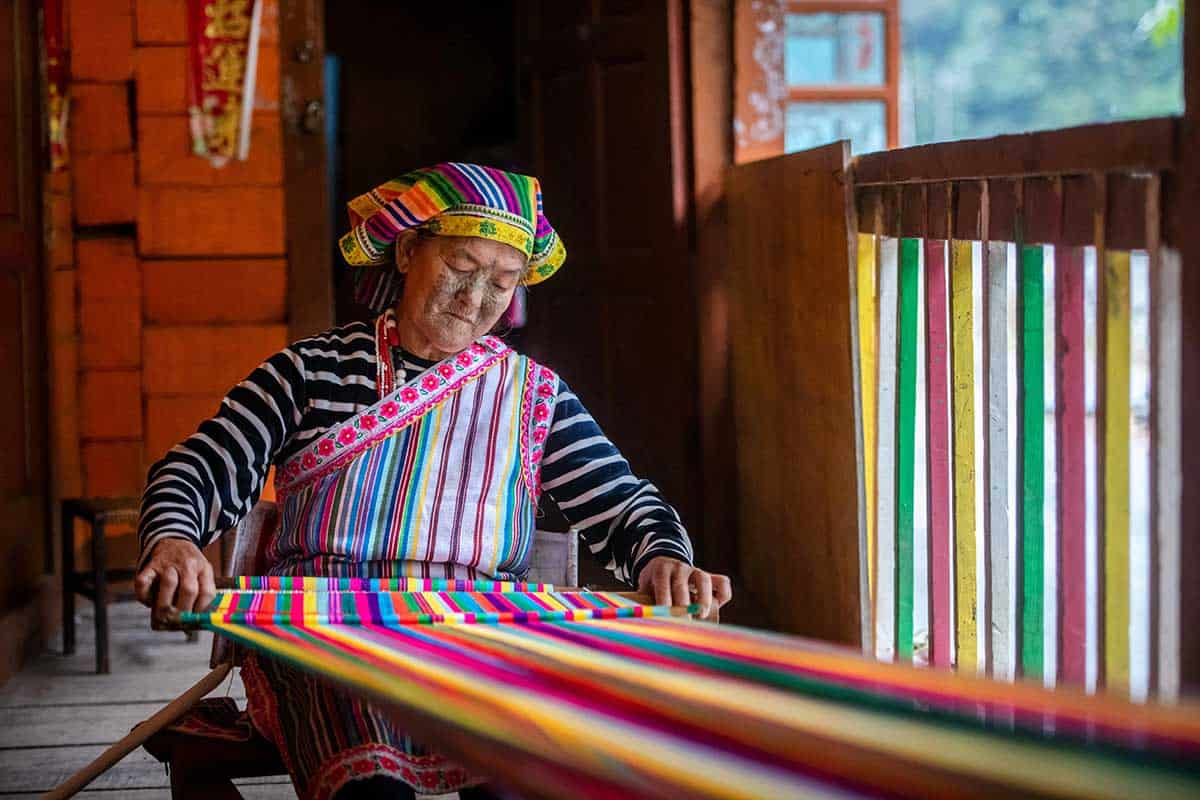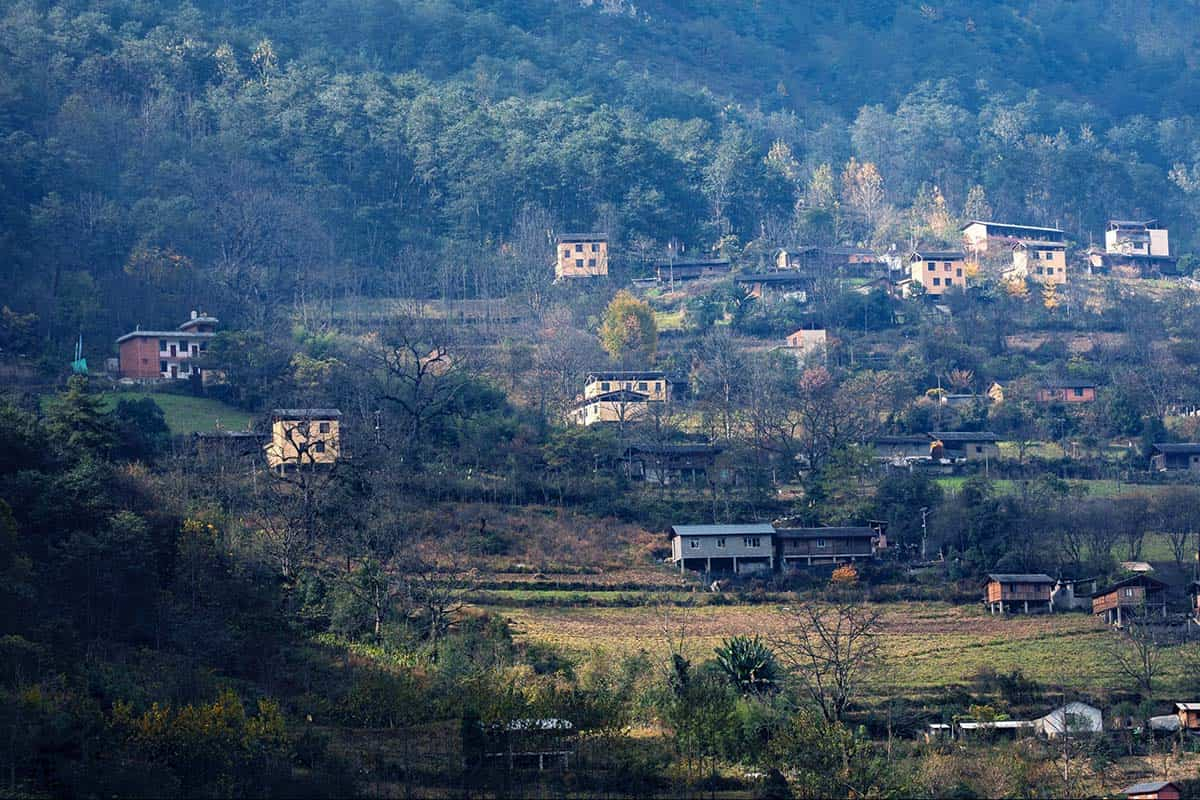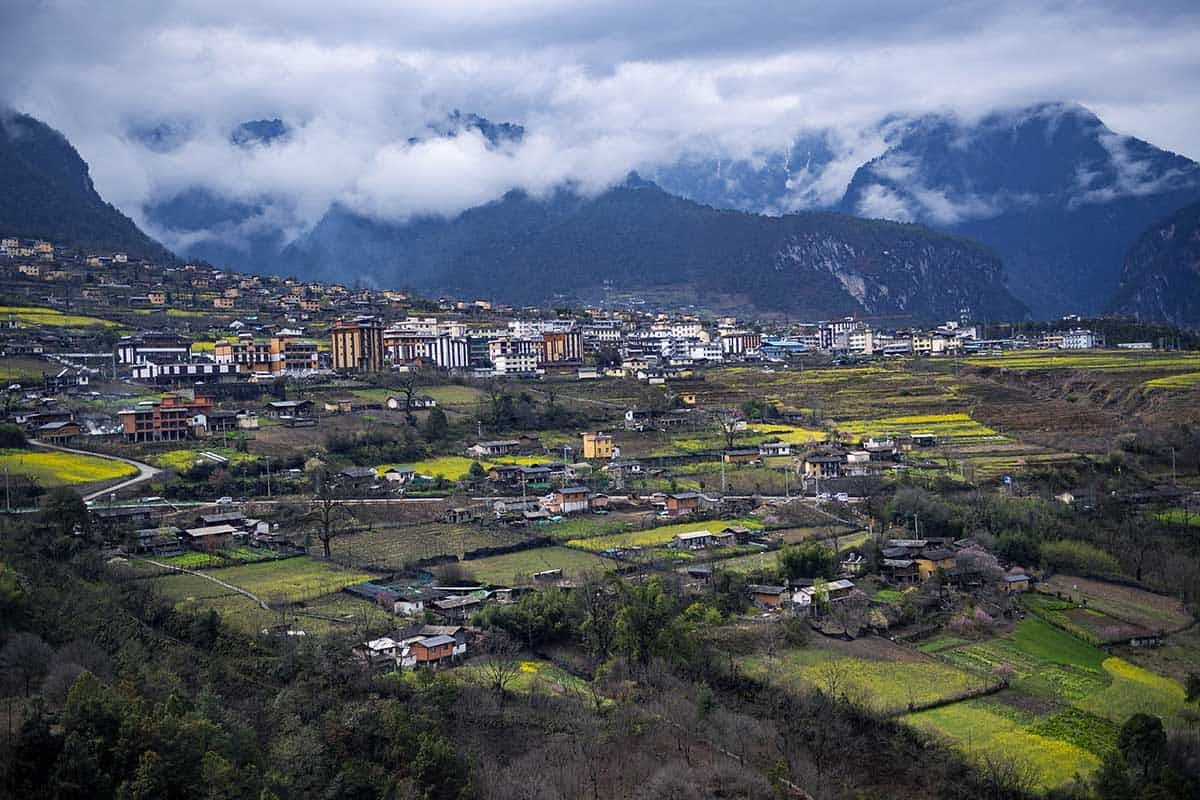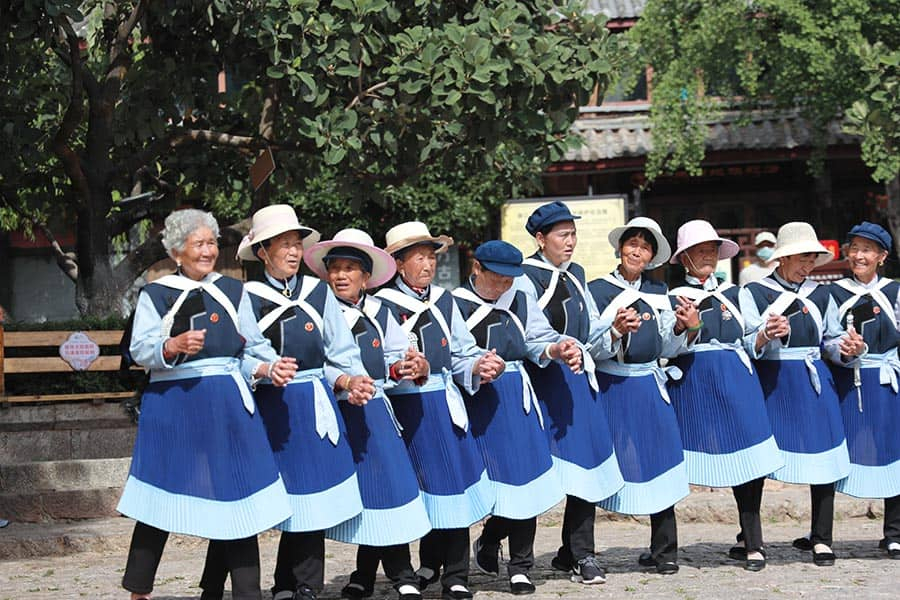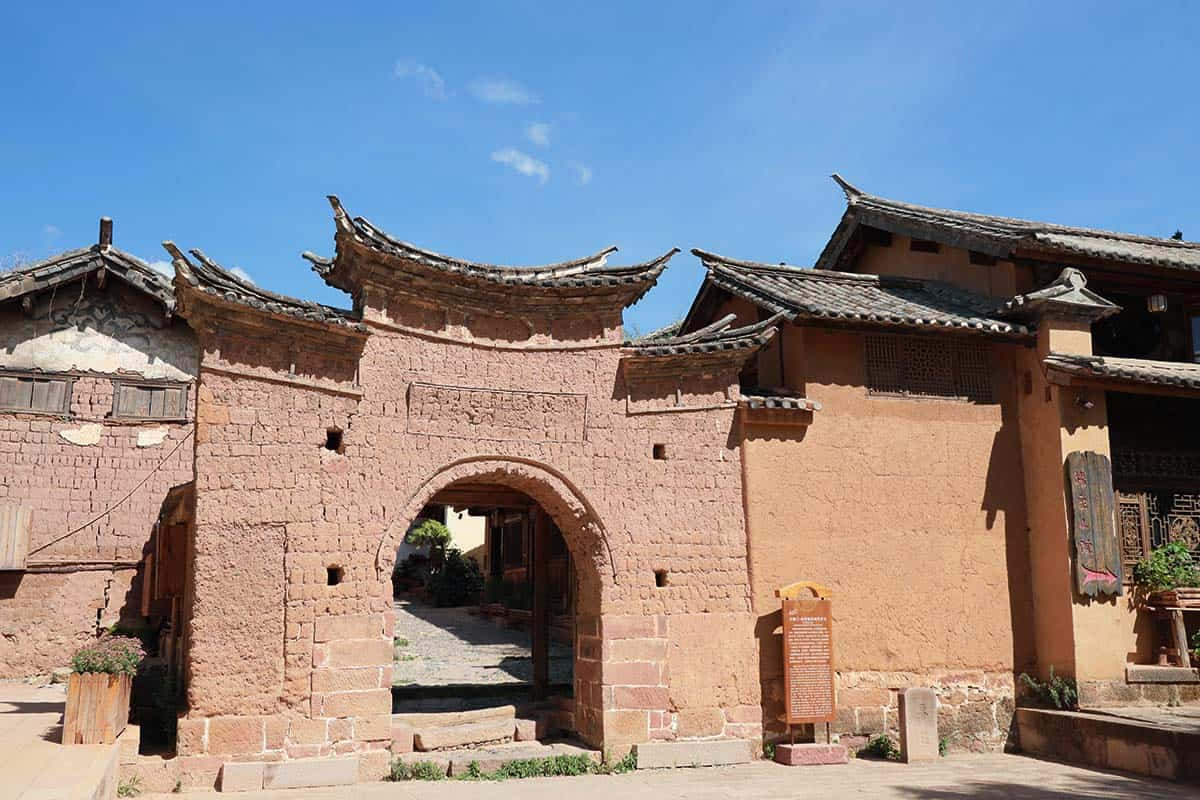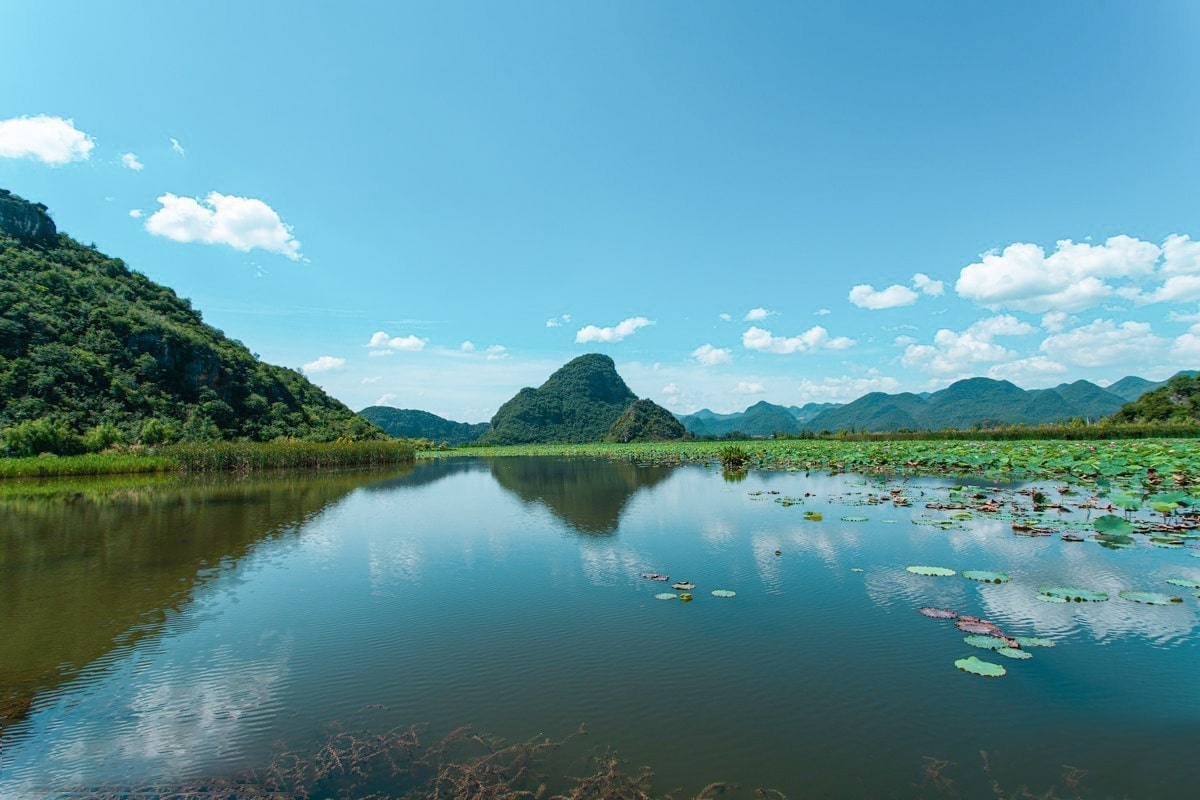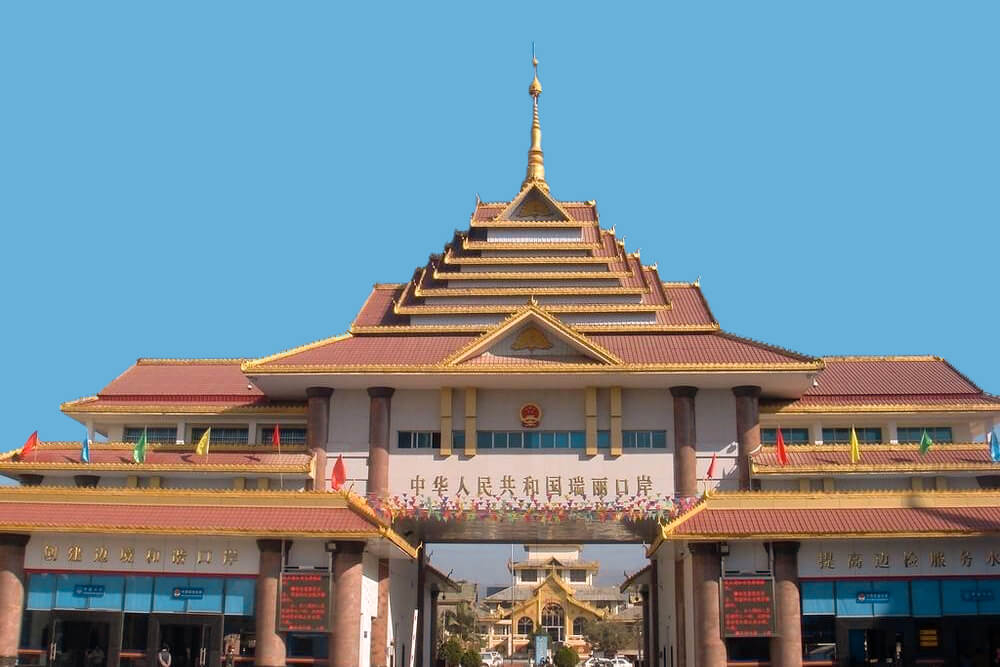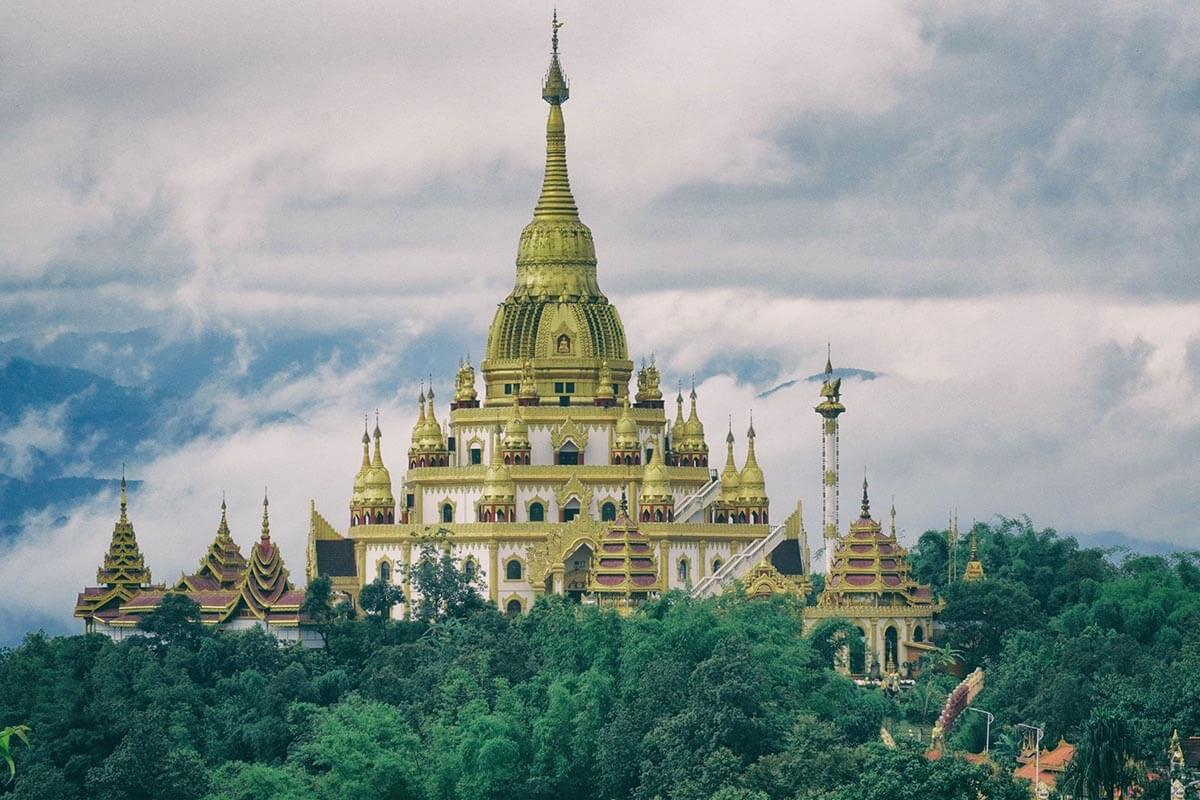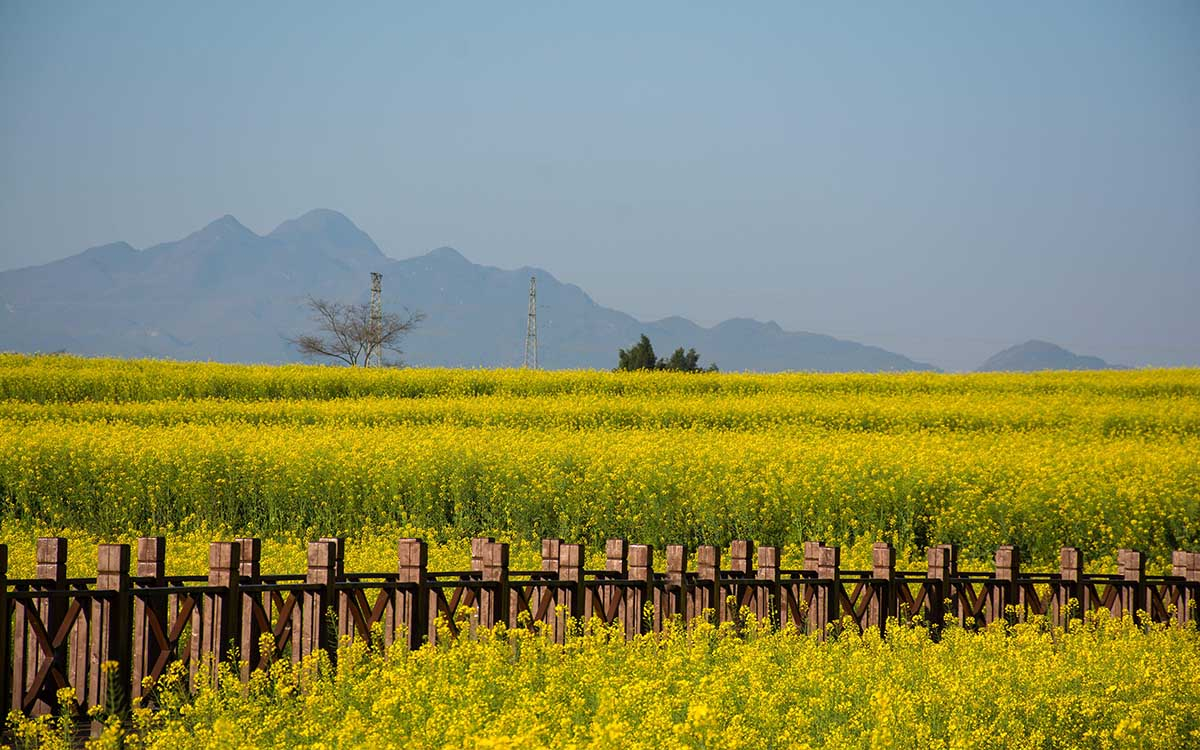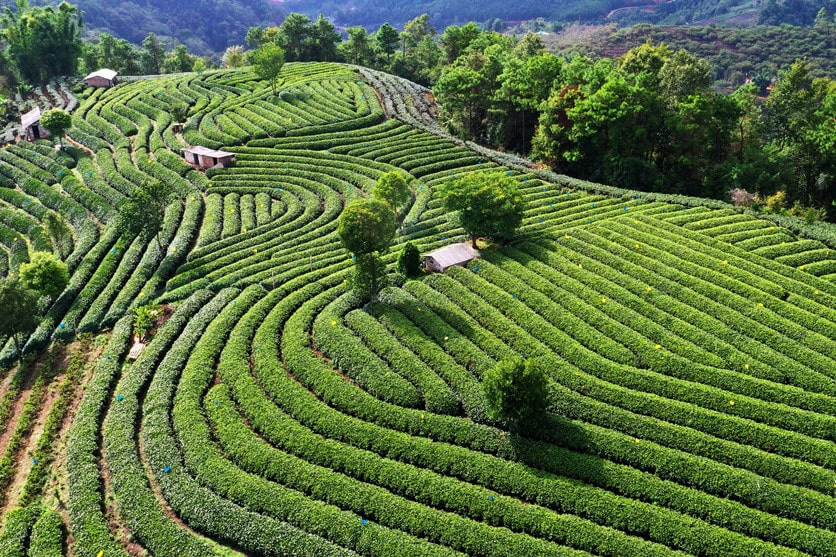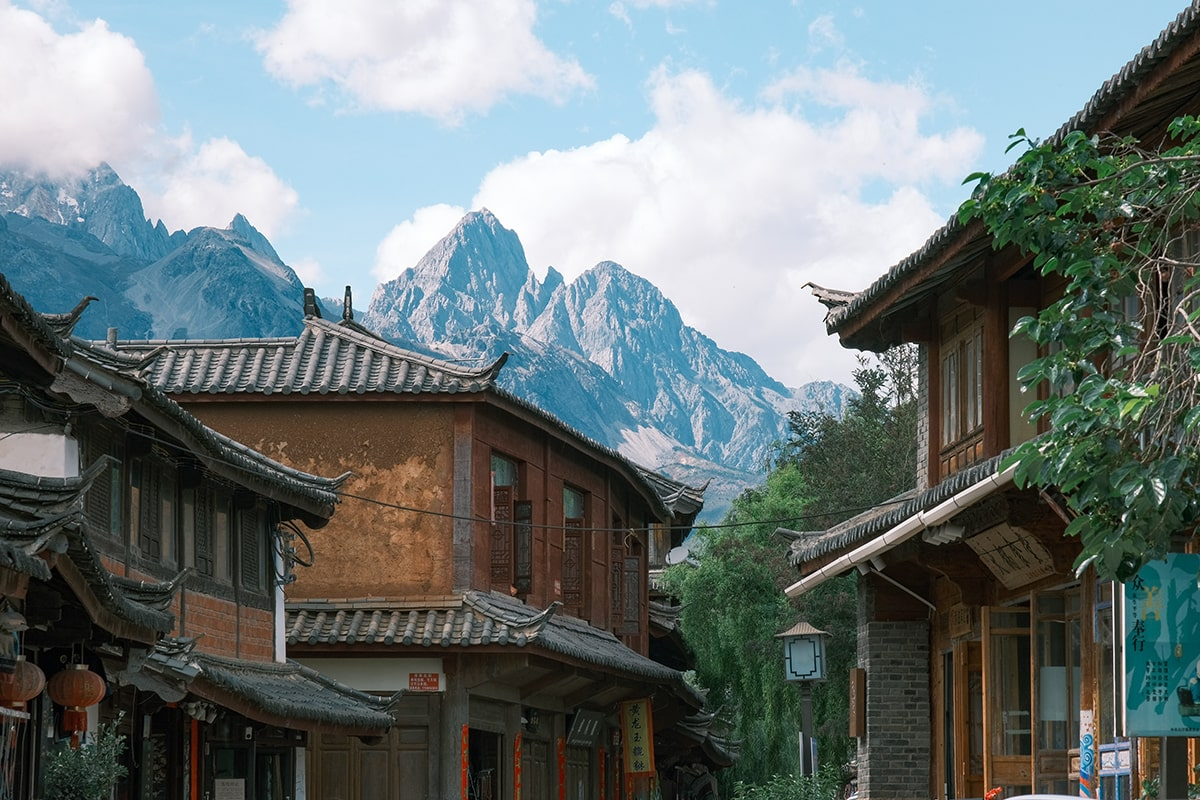Top 5 Yunnan Ethnic Ancient Towns & Villages
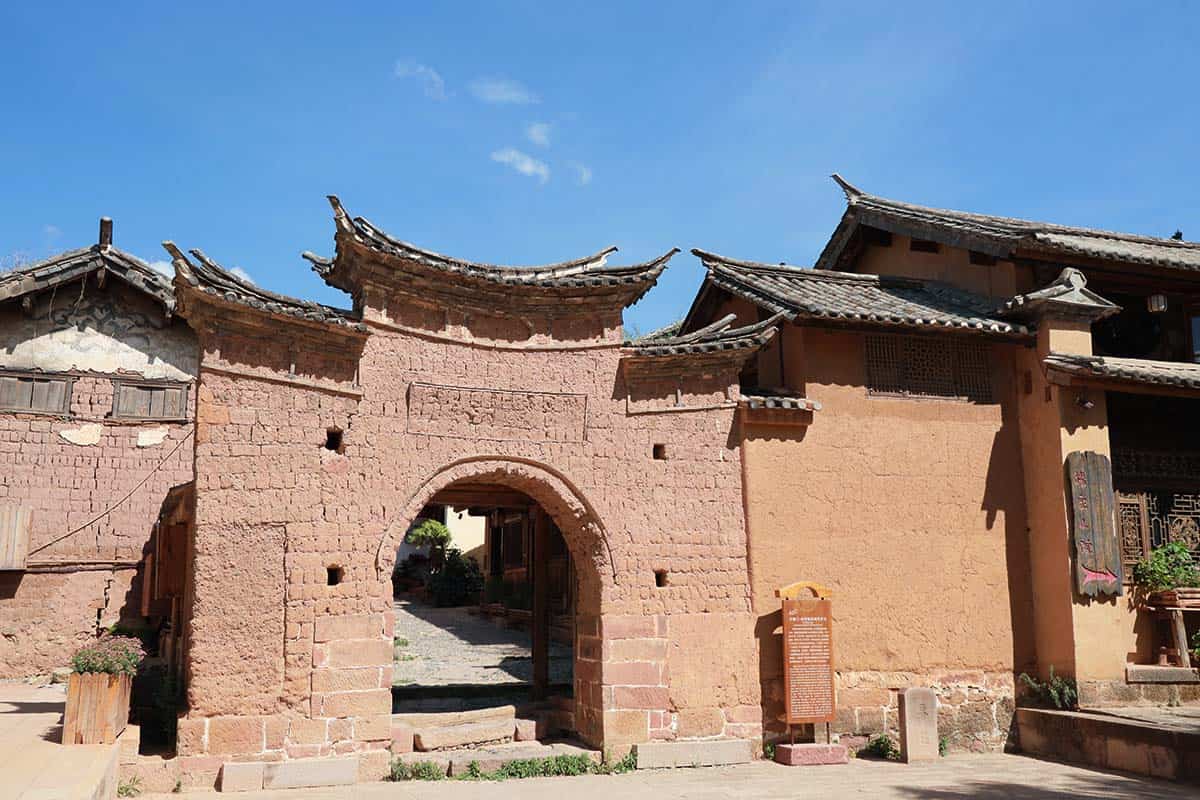
Located in the plateau, Yunnan boasts the breath-taking scenery and unparalleled ancient towns & villages, and splendid local ethnic cultures. Human settlements could be found in many flatlands hidden in pleasant environments, which have gradually grown into those beautiful towns. Due to the lack of transportation and later development, many ancient towns there, fortunately, get well preserved, plus the wonderful views and harmonious living environment among local people, attracting endless people to escape there for a break from the busy city life.
Here we picked out the top 5 ancient towns or villages to provide you an angle to catch a glimpse of Yunnan’s ethnic villages.
01. Nuodeng Old Village
Nuodeng Ancient Village, located in the northwest of Yunlong county seat, Dali Bai Autonomous Prefecture, Yunnan Province. It has preserved a large number of Ming and Qing dynasty buildings and the famous Jade Emperor Pavilion Taoist complex, which is known as the "Millennium Bai Village". This village is the oldest village in northwest Yunnan province, and it is also the only village with the same original name in the earliest historical book in Yunnan Province. Modern residential buildings in the village are rare, and a large number of Ming and Qing dynasty buildings and the famous Jade Emperor Pavilion Taoist buildings are preserved.
Nuodeng Village is surrounded by mountains, the lowest elevation of the village is 1,900 meters, the highest Jade Emperor Pavilion is more than 2,100 meters. Except for the small flat terrace behind the Dragon King Temple at the eastern foothills, almost all the dwellings were built on the hillside. The architectural style of folk houses in Nuodeng Village is basically the same as that of Bai people in Dali area, but because it is built on the mountain, the design has ingenious changes in conception, style also shows diversity. It fully embodies the coordination and adaptation of man and nature.
According to historical records of Yunnan, salt mining in Yunnan has been produced in the Qin and Han dynasties.Due to the developed salt economy, Nuodeng Village once became one of the commercial centers in the western Yunnan region.
02. Shaxi Ancient Town
Halfway between Lijiang and Dali, Shaxi it’s a small village almost forgotten by tourists. Used to be an important and prosperous hub along the ancient Tea Horse Road which refers to the international trade route with the caravan as the main means of transportation. Unlike Lijiang and Dali, Shaxi retains the charm of the old Chinese towns and it’s a very peaceful place, it's a good place to escape from the hustle and bustle of the modern city and experience the quaint lives of local Bai People.
Shaxi is a city of farmers but since 2000 the local government has started a program of renovation of the most important buildings. Although some modern concrete buildings have sprung up most of the new homes are built using the style of the Bai minority: wooden structure and mud bricks. There are plenty of trees along the main streets of the city that help to convey a relaxed atmosphere.
Shaxi is the best-preserved city on the southern silk route. Many of the historical sites have been well preserved including Sifang Street, Xingjiao Temple, YuJin Bridge and Ancient Opera Stage.
03. Baisha Ancient Town
Baisha Old town used to be a Naxi settlement and once home to local Family of Mu, whose leaders were the tribal Governors.Baisha became the capital of ethnic Naxi people.There were more than 150 bronze workshops in the old days.Naxi people made bronze ware not just for themselves but also traded bronze wares with nearby ethnic groups such as Tibetans.
This town is now a crucial part of UNESCO world heritage of Lijiang old towns.Made up of at least 12 smaller villages, the main village is Sanyuan , which has one main stone street called of course, Baisha Street. A quiet town which makes a nice break from the packed Lijiang Old Town.
Baisha has become a favourite haunt for those travellers who want to engage in an authentic cultural experience without having to force their way through throngs of tourists or suffer the swarms of souvenir vendors! With its many temples, rich cultural heritage, stunning frescoes and zany homeopathic doctors, Baisha is one of the many must-see attractions in Lijiang County.
04. Heshun Ancient Town
Heshun ancient town is located in the southwest of Tengchong City, Yunnan Province. Heshun literally means gentle and amiable in Chinese, which is quite a snapshot of the local residents in this ancient town. The history of Heshun started in Ming dynasty. The early residents were military personnel who were assigned to border regions to reclaim land and farm crops. This land granting system, known as Juntun in Chinese, has been working for centuries as means to stabilize boarder regions. Unlike some of towns in southwest China with strong ethnic and exotic features, Heshun inherited much of architectural style that of Han people, particularly from Jiangnan area, the affluent regions of China along Yangtze River estuaries.
Apparently, the architectures in Heshun are the ones that attract many visitors each year. It is called living fossil of architectures. Many buildings were set up during Ming and Qing Dynasties.
05. Xizhou Ancient Town
Xizhou is located in the north of Dali Ancient Town, about 18 kilometers far away. Close to Erhai Lake in the east and Cangshan Mountain in the west, Xizhou is a main residential district for Bai Nationality, as a birthplace of Dali culture; it is also a famous historic cultural town of Bai Nationality.
Many intact different-style architectures built in Ming and Qing Dynasty, the Republic of China and Modern China are still preserved in Xizhou Town, which shows a miracle in its architectural history.
Most of the local style Bai people‘s dwelling houses belong to the structures of “three houses with one screen” and “four courtyards with five patios”, the houses as a whole absorb the residential features of western and regions south of the Yangtze River, making the houses distinctive and functional.
In the town you will meet charming Golden Flower beauties every corner of the street, dressed in bright colorful the Bai's apparels and accessories, the beauties look like a elegant landscape in Xizhou Town. On the street, you can buydifferent kinds of Bai Nationality's handicrafts and gourmets.
- HOTEST
- RECOMMEND
